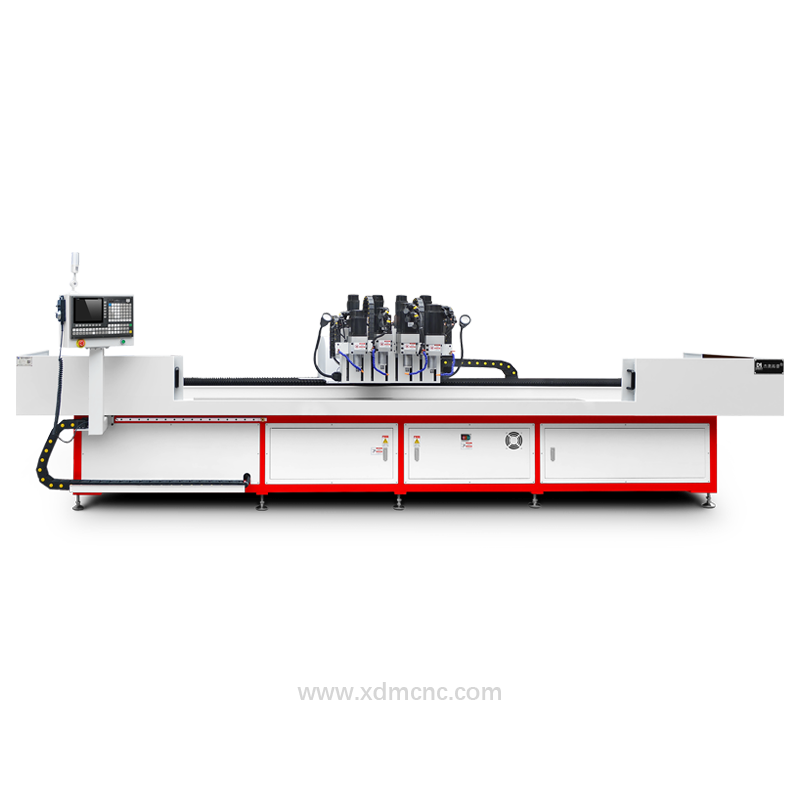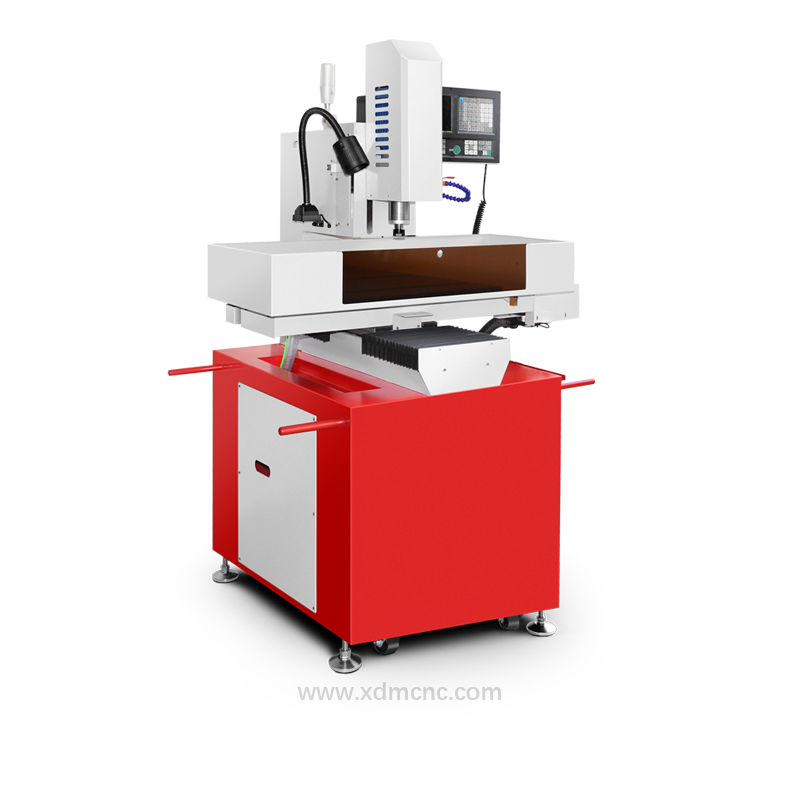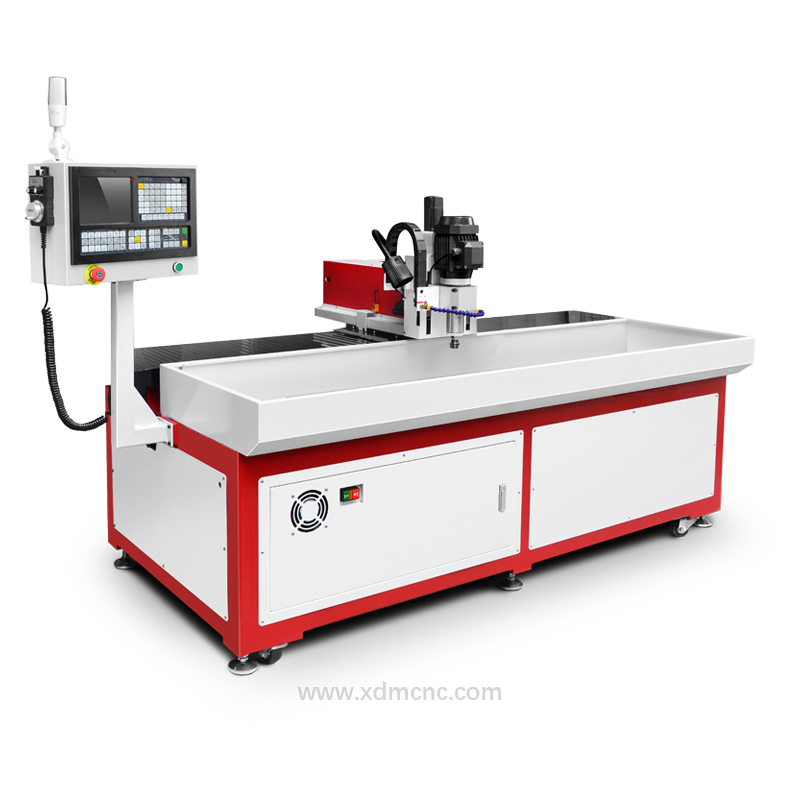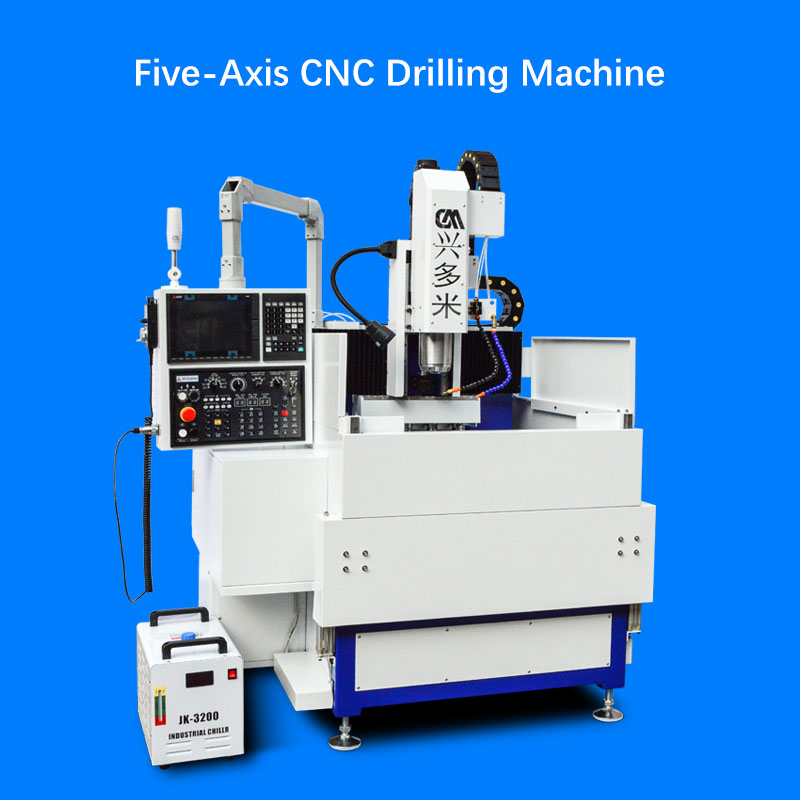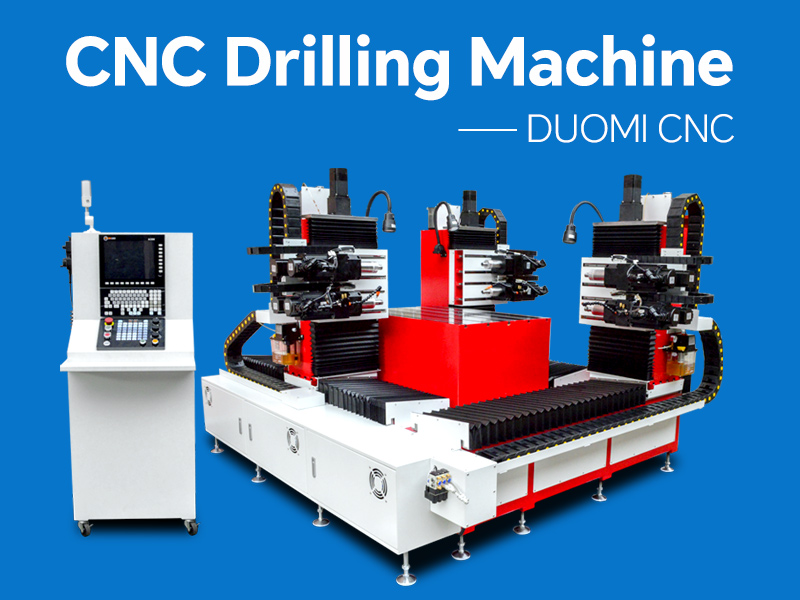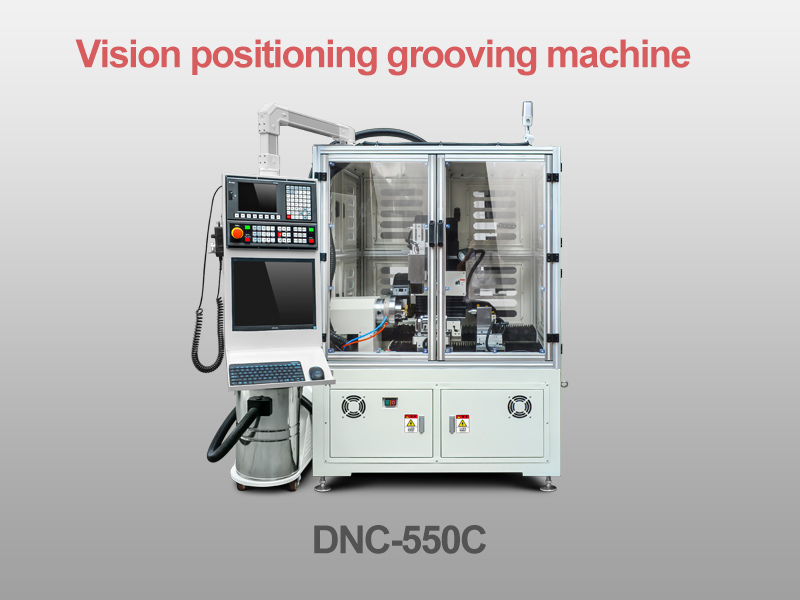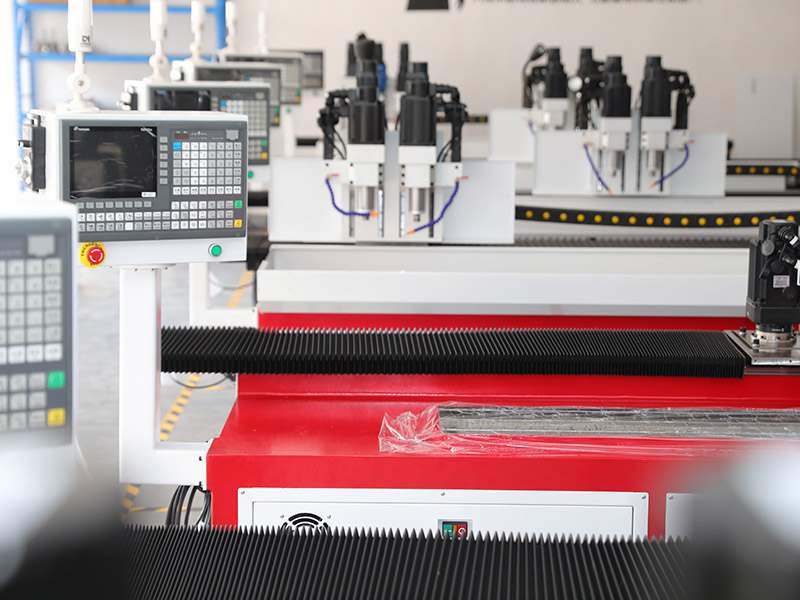Introduction
In the textile manufacturing industry, precision and durability are key factors in producing high-quality equipment components. One of the essential processes in manufacturing these components is drilling, which requires advanced technology to ensure accuracy and efficiency. CNC (Computer Numerical Control) drilling machines have revolutionized the industry by offering precise, automated, and highly efficient solutions. This article delves into the significance, working principles, applications, advantages, and future trends of CNC drilling machines for textile equipment components.
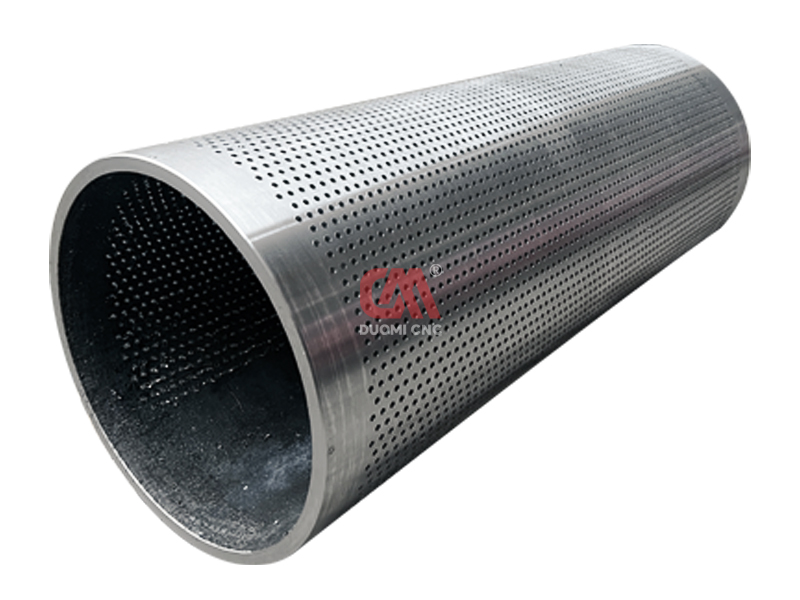
CNC drilling of carbon steel rollers
Significance of CNC Drilling Machines in Textile Industry
CNC drilling machines play a crucial role in the textile industry, particularly in the fabrication of machinery parts such as frames, gears, rollers, and guide rails. The precision required in these components directly impacts the performance and longevity of textile machinery. Traditional drilling methods often fall short in maintaining consistency, leading to quality variations and increased material wastage. CNC drilling machines address these challenges by ensuring precise hole placements, uniformity, and reduced material wastage.
Working Principle of CNC Drilling Machines
CNC drilling machines operate based on computer-programmed instructions, which guide the drilling tool to perform highly accurate hole-making processes. The fundamental steps include:
Design and Programming: The drilling patterns are designed using CAD (Computer-Aided Design) software and converted into CNC-readable code.
Material Positioning: The workpiece is secured on the machine bed, ensuring stability during drilling.
Tool Selection: The machine automatically selects the appropriate drill bit based on the material and required hole specifications.
Drilling Operation: The spindle moves according to programmed coordinates, drilling holes with precise depth and diameter.
Quality Inspection: Advanced CNC machines integrate vision systems and sensors to monitor accuracy and detect defects.
Applications of CNC Drilling Machines in Textile Equipment
CNC drilling machines are utilized in various textile machinery components, including:
Spindle Supports: High-precision holes are required for spindle mounting, ensuring smooth rotations and minimal vibrations.
Guide Rails: Uniform hole drilling is essential for the proper alignment of guide rails in textile machinery.
Roller Components: Accurate hole drilling facilitates efficient roller assembly, contributing to fabric tension control.
Machine Frames: Structural integrity depends on precise drilling for component attachment and stability.
Advantages of CNC Drilling Machines
High Precision: CNC drilling offers micron-level accuracy, minimizing deviations in hole dimensions.
Enhanced Efficiency: Automated processes reduce production time and labor costs.
Consistency and Repeatability: CNC technology ensures uniform hole placements across multiple workpieces.
Material Optimization: Reduced wastage through precise drilling and optimized cutting paths.
Integration with Other CNC Processes: CNC drilling machines can be integrated with milling, turning, and other machining operations for comprehensive manufacturing solutions.
Challenges in CNC Drilling for Textile Components
Despite its advantages, CNC drilling faces certain challenges:
Material Variability: Different textile machinery components require varied drilling techniques based on material hardness and thickness.
Maintenance and Tool Wear: Frequent usage leads to tool wear, necessitating periodic maintenance and replacement.
Initial Investment: CNC drilling machines involve high initial costs, though they offer long-term benefits.
Skill Requirement: Operators need specialized training to program and maintain CNC systems effectively.
Innovations and Future Trends
The future of CNC drilling in textile equipment manufacturing is evolving with advancements in:
Artificial Intelligence (AI): AI-driven CNC machines can optimize drilling paths and predict tool wear.
IoT Connectivity: Real-time monitoring and remote diagnostics enhance operational efficiency.
Laser Drilling: Emerging laser-based drilling techniques offer non-contact, high-precision hole making.
Eco-Friendly Solutions: Sustainable materials and energy-efficient CNC systems reduce environmental impact.
Conclusion
CNC drilling machines have transformed the textile equipment manufacturing landscape by providing precision, efficiency, and reliability. As technology advances, CNC drilling will continue to play a pivotal role in producing high-quality textile machinery components, ensuring better productivity and longevity in the textile industry. Investing in CNC drilling technology not only enhances manufacturing capabilities but also drives innovation and competitiveness in the global market.




